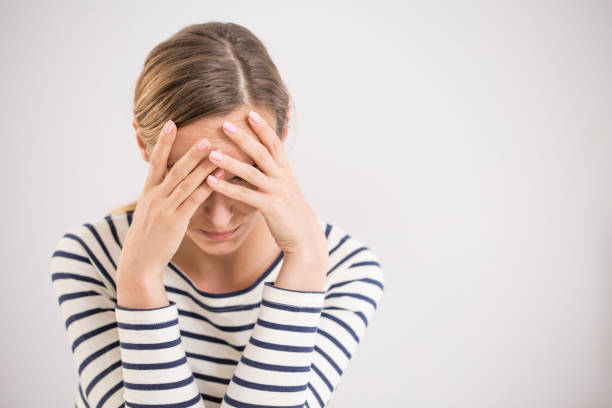Folliculitis in Athletes: Beauty Know-How for Pros
Folliculitis in athletes is a concern that transcends the realms of sports and enters the domain of skincare professionals like beauticians. This condition, characterized by inflamed hair follicles, can lead to discomfort, infection, and even scarring, making it a topic of interest for those committed to skin health. In this article, we will delve into the intricacies of folliculitis, especially as it pertains to athletes, and explore effective strategies for management and prevention.
For athletes, frequent physical activity, sweat, and friction can aggravate folliculitis, making it imperative to understand the underlying causes and suitable treatments. Beauticians can play a pivotal role in providing guidance on maintaining healthy skin despite frequent exposure to sweat and equipment.

Causes of Folliculitis in Athletes
The primary culprits for folliculitis in athletes include 'occlusion and friction,' 'sweating,' and 'bacterial infections.' The frequent wearing of tight athletic gear can lead to increased friction and heat, which often results in follicle irritation. Sweat, while a natural byproduct of vigorous physical activity, exacerbates the issue by fostering an environment conducive to bacterial growth.
According to NCBIs insight on folliculitis, improper hygiene or sharing unclean sports equipment can further contribute to the development of folliculitis. Beauticians often recommend maintaining strict personal hygiene and regularly disinfecting equipment used during sports activities.
Identifying Symptoms of Folliculitis
Symptoms of folliculitis can vary but typically include red, itchy, and sometimes painful bumps that may look similar to acne. In athletes, these bumps are most commonly found on the areas where athletic gear is tightly fitted, such as underarms, back, and thighs.
Beauticians need to distinguish between common acne and folliculitis, as the latter requires specific preventive care and treatment to avoid exacerbation. Recognizing these symptoms early and advising clients accordingly can prevent the condition from worsening.
Prevention Techniques for Athletes
Prevention is key when it comes to managing folliculitis in athletes. Beauticians can advise their clients on effective skincare routines that integrate robust hygiene practices and proper maintenance of sportswear.
Proper hygiene is critical. This includes showering immediately after workouts and ensuring that towels and sportswear are clean and dry. Additionally, consider the insights from this poor hygiene link, which discusses the impact of hygiene on folliculitis.
Choosing the Right Skincare Products
Beauticians can recommend non-comedogenic skincare products that are gentle on the skin and do not clog pores. This is crucial for athletes prone to heavy sweating. Products containing salicylic acid or benzoyl peroxide can help reduce bacterial accumulation.
For hair removal, using correct techniques and products is essential to avoid skin irritation. Refer to our guide on hair removal products for more insights on maintaining a smooth, folliculitis-free skin.
Treatment Options for Folliculitis
Once folliculitis develops, beauticians can recommend a range of treatments, such as topical antibiotics or antifungal treatments, depending on the cause of the infection. Mild cases often clear up with good hygiene and topical treatments. However, persistent cases should be referred to dermatologists for further treatment.
Regular dermatologist consultations can be crucial for athletes with recurrent folliculitis. These professionals can provide tailored treatment plans and advice on managing the condition effectively.
Maintaining a Healthy Lifestyle
A balanced diet and proper hydration also play a role in skin health. Encourage athletes to follow a balanced diet and amplify their skin resilience through the intake of essential nutrients.
Similarly, staying hydrated is vital as it helps maintain the skin's barrier function. Our article on hydration for skin health can help clients understand the importance of water intake.

FAQ
What is the primary cause of folliculitis in athletes?
The primary cause of folliculitis in athletes is often due to a combination of friction, sweat, and bacterial infections. Tight clothing and improperly cleaned sports gear can also contribute to the condition.
How can athletes prevent folliculitis?
Athletes can prevent folliculitis by maintaining proper hygiene, using non-comedogenic skincare products, and showering immediately after exercise. It's also important to regularly clean your sports gear.
When should I see a dermatologist for folliculitis?
If folliculitis symptoms persist despite at-home care and over-the-counter treatments, it may be necessary to seek advice from a dermatologist for specialized treatment options.

